Get an exclusive taste of the official 'Downton Abbey' cookbook with 2 afternoon tea recipes
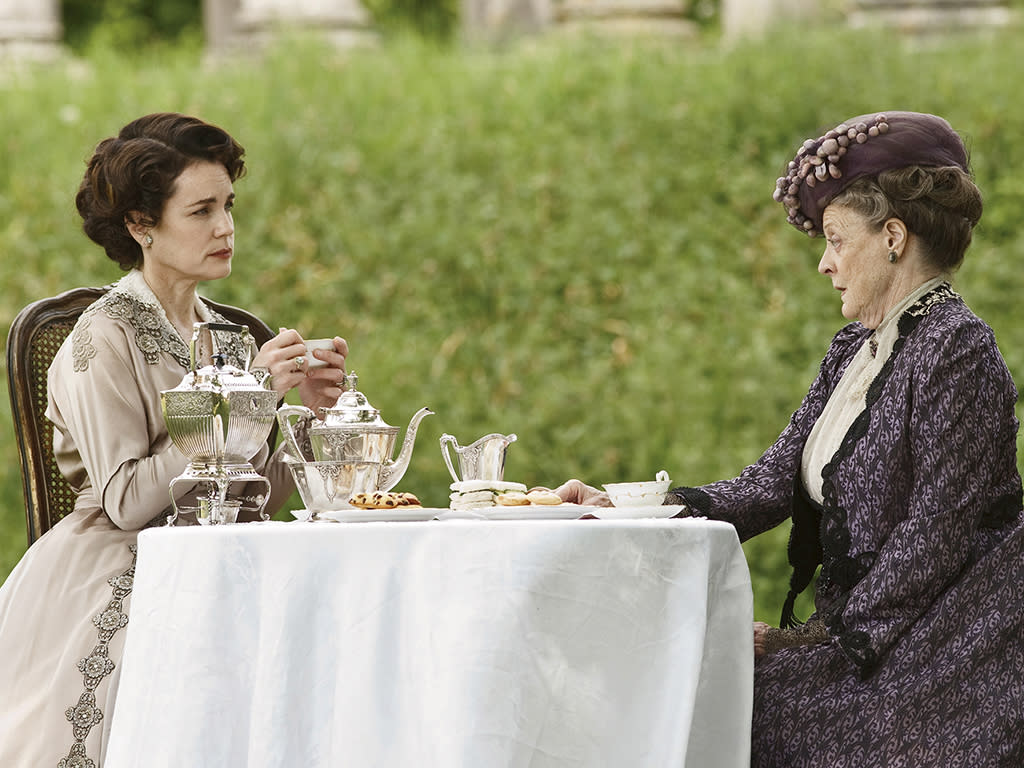
For Anglophiles and PBS addicts, the upcoming Downton Abbey movie is an Avengers-level pop culture event. Due in theaters on Sept. 20, the film picks up two years after the events of the series finale and brings back all of your upstairs and downstairs favorites from the Crawley household. Before you feast on the film, sample some delectable Downton dishes courtesy of The Official Downton Abbey Cookbook, published by Weldon Owen. Due in stores on Sept. 17 — alongside a cocktail-themed companion book — the first officially-licensed Downton cookbook is illustrated with photos from the show and boasts over 100 recipes for all times of the day, from sunup to sundown, with expert commentary from food historian, Annie Gray.
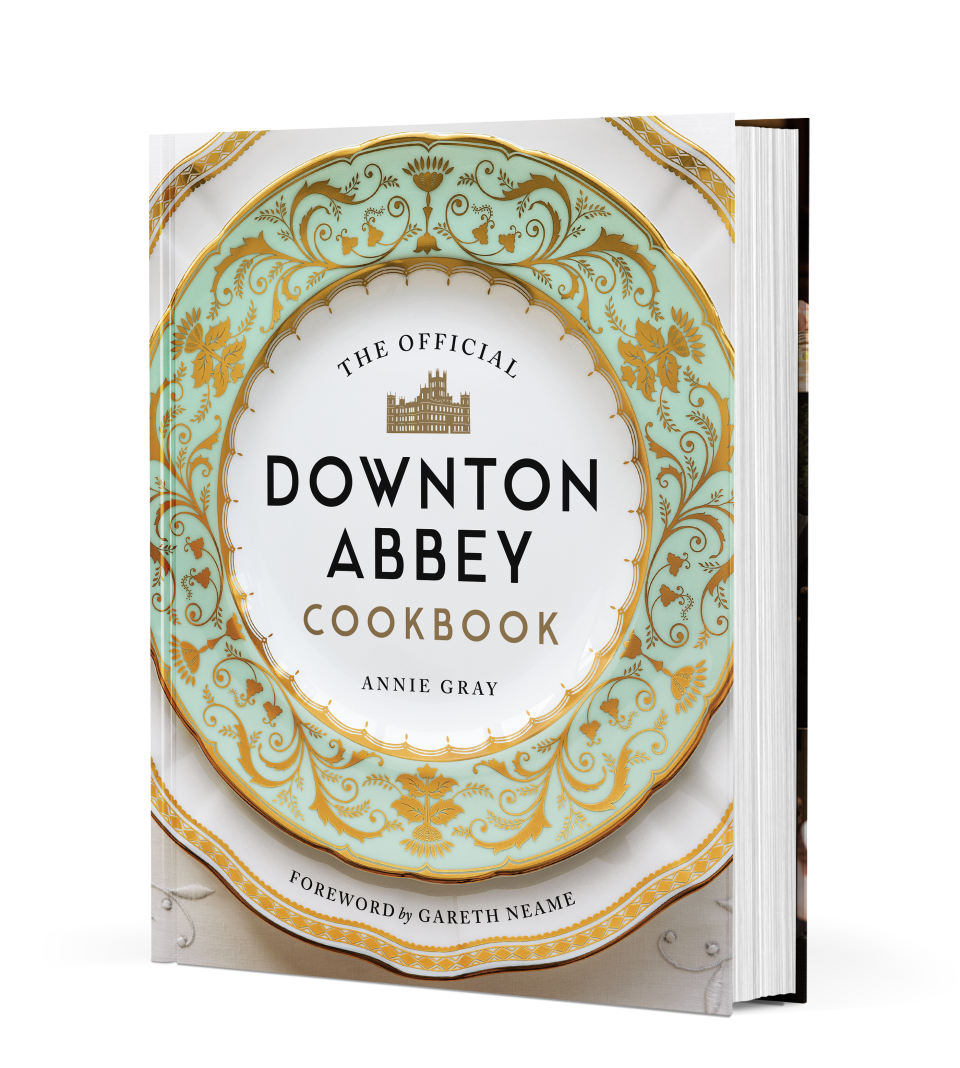
Yahoo Entertainment is exclusively debuting two recipes from this tome, which illustrate the kinds of goodies available in the manor... as well as the divide between what’s consumed by Downton’s staff versus the family they serve. We’ll focus on the most British of meals: Afternoon Tea.
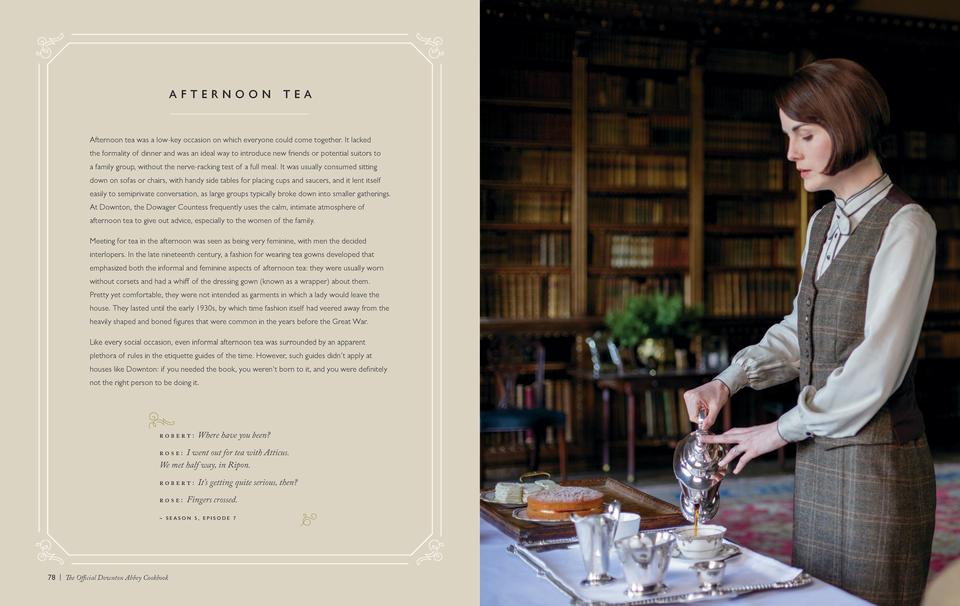
As Gray notes in the introduction to the Afternoon Tea section of the cookbook, teatime may not have been as formal a meal for upstairs-dwellers as dinner, but there were still rules of decorum that had to be observed. “Meeting for tea in the afternoon was seen as being very feminine, with men the decided interlopers,” she writes, going on to note the required fashion requirements for afternoon tea that lasted from the 19th century up until the 1930s. “A fashion for wearing tea gowns developed that emphasized both the informal and feminine aspects of afternoon tea; they were usually worn without corsets and had a whiff of the dressing ground...about them.”
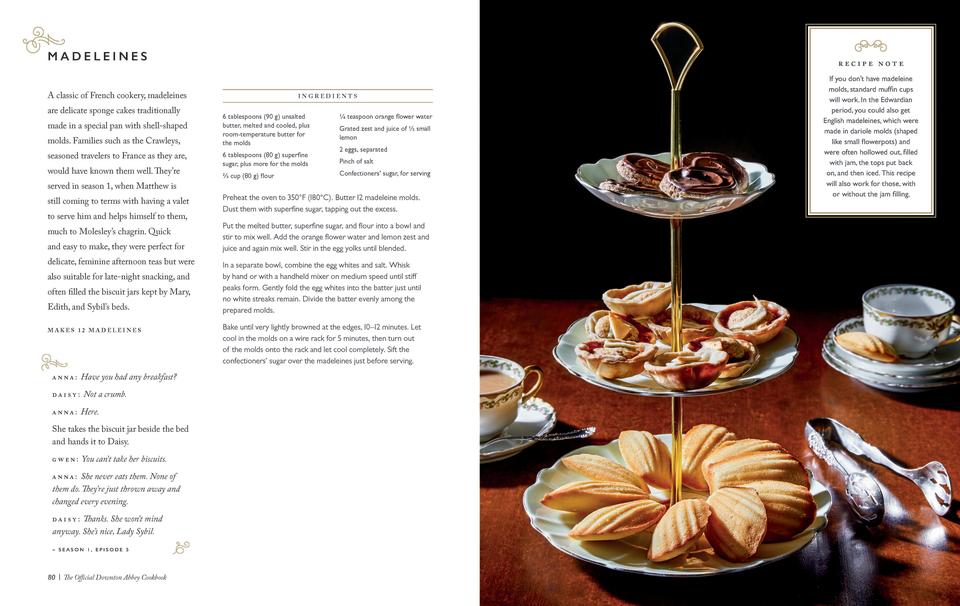
Madelines were a teatime staple, with the recipe imported to England from well-off families’ frequent trips to France. “Quick and easy to make, they were perfect for delicate, feminine afternoon teas,” Gray notes. This particular recipe yields 12 Madelines, which can be baked using muffin cups if you don’t have Madeline molds in your kitchen.
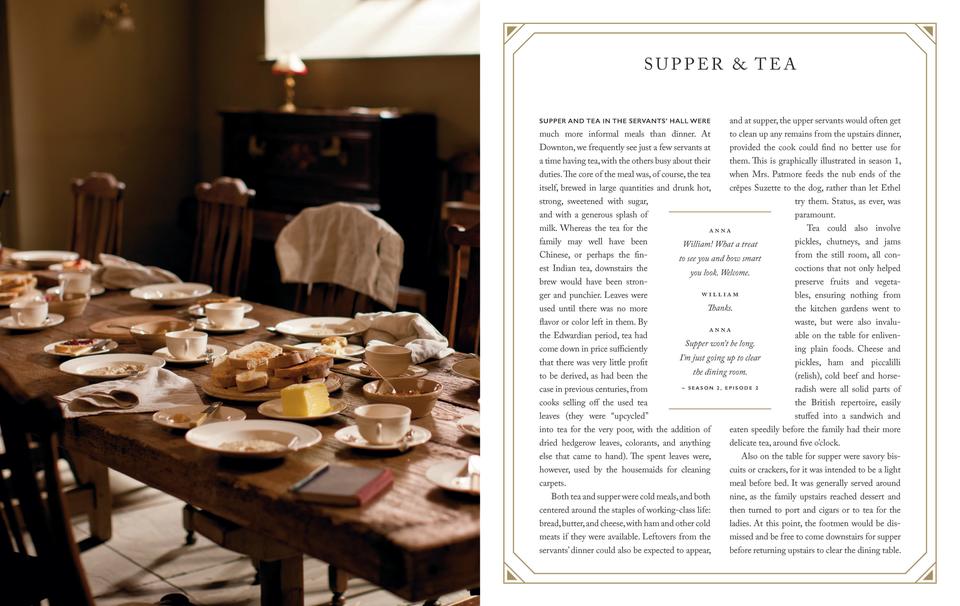
Afternoon tea was also observed downstairs, but with fewer companions to savor it with. “At Downton, we frequently see just a few servants at a time having tea, while the others busy about their duties,” writes Gray. The tea itself was heartier than the blend sipped upstairs. “Downstairs the brew would have been stronger and punchier.”

It’s a good thing the tea packed some punch, because the snacks were often less filling than the ones served above ground. Digestive biscuits were frequently on the servants’ table for supper or tea, eaten plain or with bits of cheese. “They were designed as bland, wholesome biscuits for the nursery or those who believed a lack of flavor meant it must be good for you,” writes Gray. In other words, you might want to add some of your own spice to this recipe, which makes 26 whole wheat-and-oat biscuits. We promise we won’t tattle to the Dowager Countess.
Find the full recipes below from The Official Downton Cookbook below:
MADELEINES
A classic of French cookery, madeleines are delicate sponge cakes traditionally made in a special pan with shell-shaped molds. Families such as the Crawleys, seasoned travelers to France as they are, would have known them well. They’re served in season 1, when Matthew is still coming to terms with having a valet to serve him and helps himself to them, much to Molesley’s chagrin. Quick and easy to make, they were perfect for delicate, feminine afternoon teas but were also suitable for late-night snacking, and often filled the biscuit jars kept by Mary, Edith, and Sybil’s beds.
Makes 12 Madeleines
Ingredients
6 tablespoons (90 g) unsalted butter, melted and cooled, plus room-temperature butter for the molds
6 tablespoons (80 g) superfine sugar, plus more for the molds
2/3 cup (80 g) flour
¼ teaspoon orange flower water
Grated zest and juice of 1/2 small lemon
2 eggs, separated
Pinch of salt
Confectioners’ sugar, for serving
Directions
Preheat the oven to 350°F (180°C). Butter 12 madeleine molds. Dust them with superfine sugar, tapping out the excess.
Put the melted butter, superfine sugar, and flour into a bowl and stir to mix well. Add the orange flower water and lemon zest and juice and again mix well. Stir in the egg yolks until blended.
In a separate bowl, combine the egg whites and salt. Whisk by hand or with a handheld mixer on medium speed until stiff peaks form. Gently fold the egg whites into the batter just until no white streaks remain. Divide the batter evenly among the prepared molds.
Bake until very lightly browned at the edges, 10 – 12 minutes. Let cool in the molds on a wire rack for 5 minutes, then turn out of the molds onto the rack and let cool completely. Sift the confectioners’ sugar over the madeleines just before serving.
DIGESTIVE BISCUITS
A thinly veiled attempt by bakers to market their wares to the gastrically challenged, digestive biscuits are based on whole-wheat flour and, generally, oats. They were designed as bland, wholesome biscuits for the nursery or for those who believed that a lack of flavor meant they must be good for you. At Downton, they regularly appear at the servants’ hall supper, for, although they are quite plain alone, they are a good foil for cheese.
MAKES 26 BISCUITS
Ingredients
2 1/3 cups (285 g) whole-wheat flour, plus more for the work surface
4 tablespoons (60 g) cold butter, cut into small cubes
3/4 cup (75 g) rolled oats
2 tablespoons firmly packed light brown sugar
1 tablespoon plus 2 teaspoons arrowroot or cornstarch
1/2 teaspoon baking soda
Pinch of salt
1 egg, lightly whisked
About 1/2 cup (120 ml) milk
Directions
Preheat the oven to 350°F (180°C). Line two sheet pans with parchment paper.
Put the flour into a bowl, scatter the butter cubes over the top, and, using a pastry blender or your fingers, work in the butter until the mixture is the consistency of coarse bread crumbs. Add the oats, brown sugar, arrowroot, baking soda, and salt and stir to mix. Stir in the egg and enough milk to make a firm but malleable dough.
On a lightly floured work surface, turn out the dough and knead several times to form a disk. Cut the dough in half and roll out 1/8 inch (3 mm) thick.
Using a 2 1/2-inch (6-cm) round cookie cutter, cut out 13 rounds, gathering up the scraps and rerolling as needed.
Transfer them to the prepared pans, spacing them about 1 inch (2.5 cm) apart, and prick each round with a fork. Repeat with the remaining half of the dough.
The Official Downton Abbey Cookbook will be on sale on Sept. 17. Pre-order your copy at Amazon or Barnes & Noble.
Read more from Yahoo Entertainment:
'Downton Abbey' film to include royal visit after storyline is revealed in new trailer
Lego introduces a super new 'Star Wars' trooper — here's your exclusive sneak peek
Hasbro smashes San Diego Comic-Con with an incredible Hulk exclusive
Want daily pop culture news delivered to your inbox? Sign up here for Yahoo Entertainment & Lifestyle's newsletter.



